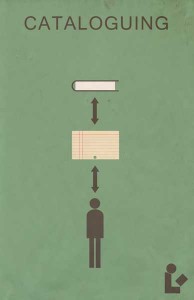
One of my friends woke up to an odd sight: strange lights in the sky. His early morning twitter noise wanted to know if anyone else was seeing the aurora borealis near Barrie (actually over a place called Utopia).
Well, it’s not impossible.
Experience led me to think it wasn’t the northern lights, but something else. I tweeted back, and sadly I was right.
You see, one morning I too saw lights in the sky over Ottawa. To wax poetic, it was like hundreds of candles stretched up to sky and merged into a greenish-red glow spilt across the horizon.
Unaccustomed to the sight, I declared “Northern Lights” on twitter, facebook, everywhere, to anyone who would listen.
That evening’s weather report gave me a bit of a smack down. Turns out, the kind meteorologist said, it was in fact an instance of what is called light pillars.

Light pillars are caused by regular man-made light that is reflected by moisture in the air in odd ways. When a lot of pillars are close together they can look, to a hopeful eye, like the northern lights.
Eerie, true, but, ionosphere fireworks it is not. I was crestfallen when I learned the truth. Plus, I’d left a social media trail that forced me to confess my mistake.
My friend, too, soon tweeted back, his words a little heavy: he was seeing light pillars, too.
That is a mistaken sky phenomenon reference bomb, times two… bam…
Further Reading:
Ottawa Citizen report
Some of the science explained
****
What is a reference bomb? Find out here!
Email me your Reference Bomb experience! info@dropthereferencebomb.com












